Training of adolescents. The age at the peak of the growth spurt is the most important marker to organize training during puberty. Yet the concept of deriving age at this peak from a statistical tool (Mirwald, Baxter-Jones, Bailey & Beunen, 2002) is not the leading factor in planning a training program. Instead, this concept is a starting point, which will be discussed with practioners/trainers/physicians/physiotherapists to validate the outcomes.
Training in this growth phase
One can distinguish three periods around the growth spurt and which are important in training of adolescents. These phases are irrespective of precocious, average-and late-maturing children.The athletic skills model focuses on using the phases P1, P2 and P3. This phase model has been used at the Dutch football club AFC Ajax for many years when implementing the principles of the athletic skills model.
The teams U9 to U16 train on a differentiated basis using the peak height velocity determination. The different phases have different training schemes, and this is a good starting point to custom tailor the practice. The full P-phase takes 4 years. Is it possible to educate children without using these three phases? Of course it is, but phasing this crucial stage of a child’s development creates a structure that can be used to arrange the (development-specific) exercises.
Tool for monitoring growth spurt
Growth spurt monitoring of children in sports is important to prevent long term injuries and develop talented athletes! More practice without long term injuries means more talented basketball players.
With the help of growthspurtmonitor.com you can monitor the growth of your athletes and you can find all do’s and dont’s per athlete during practice. Different timelines will show at a glance in what growth period your athletes are so you can create a tailor made practice, prevent long term injuries and develop talented athletes.
More information: growthspurtmonitor.com

